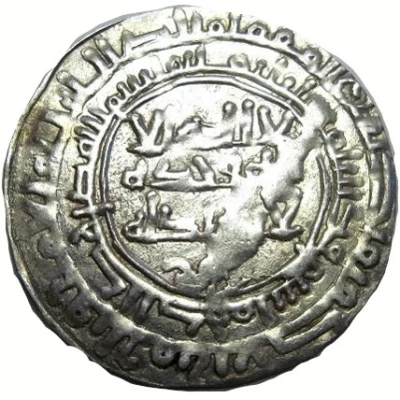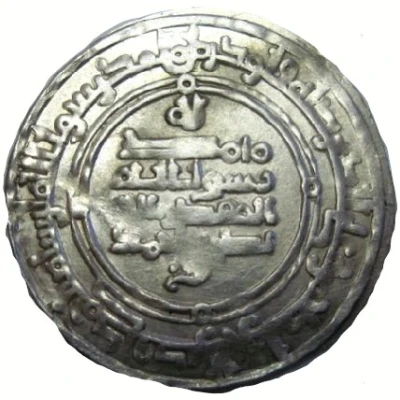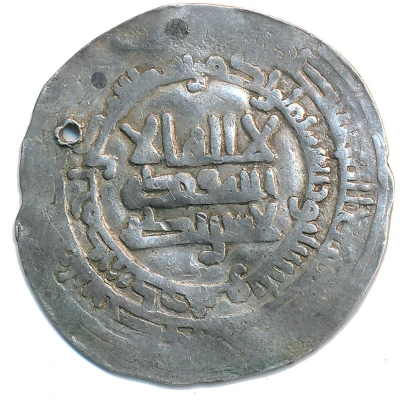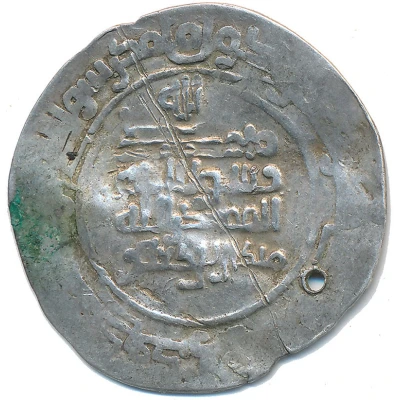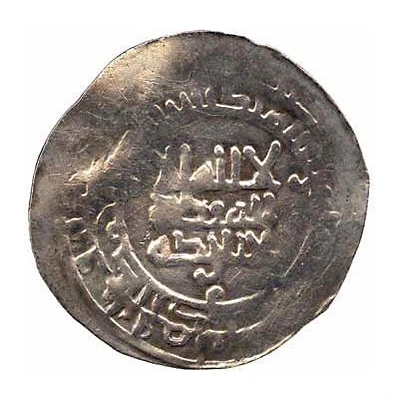
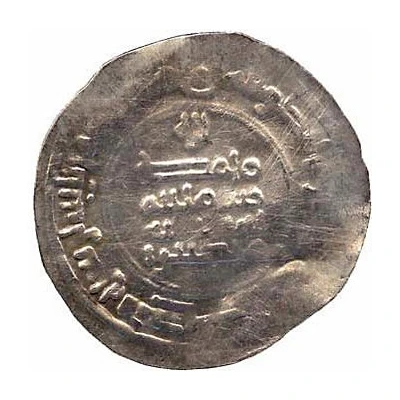

© SStefanov
Dirham - Mika'il b. Ja'far Imitating Samanid prototypes
350 (919-962) years| Silver | 2.89 g | - |
| Issuer | Volga Bulgaria (Islamic states) |
|---|---|
| Emir | Mikaʾil ibn Jaʿfar (circa 910s-920s) |
| Type | Standard circulation coin |
| Year | 350 (919-962) |
| Calendar | Islamic (Hijri) |
| Value | 1 Dirham (0.7) |
| Currency | Dinar (898-1240) |
| Composition | Silver |
| Weight | 2.89 g |
| Shape | Round (irregular) |
| Technique | Hammered |
| Orientation | Coin alignment ↑↓ |
| Demonetized | Yes |
| Updated | 2024-10-05 |
| Numista | N#150156 |
|---|---|
| Rarity index | 100% |
Reverse
Script: Arabic
Edge
Rough
Comment
Reference: AP1481Mika’il b. Ja’far (fl. mid-4th Century AH),
Dirham, imitating a Samanid type, 2.89g
Interesting fact
One interesting fact about this coin is that it was made of silver, which was a valuable and widely used metal in the Islamic world at the time. The use of silver in coins was a symbol of wealth and prosperity, and it was often used to mint coins that were used for large transactions and trade. The fact that this coin was made of silver suggests that it was an important coin with a high value, and it may have been used for significant transactions or trade agreements. Additionally, the fact that it was imitating Samanid prototypes suggests that it was influenced by the art and culture of the Samanid Empire, which was known for its rich history and cultural achievements.
